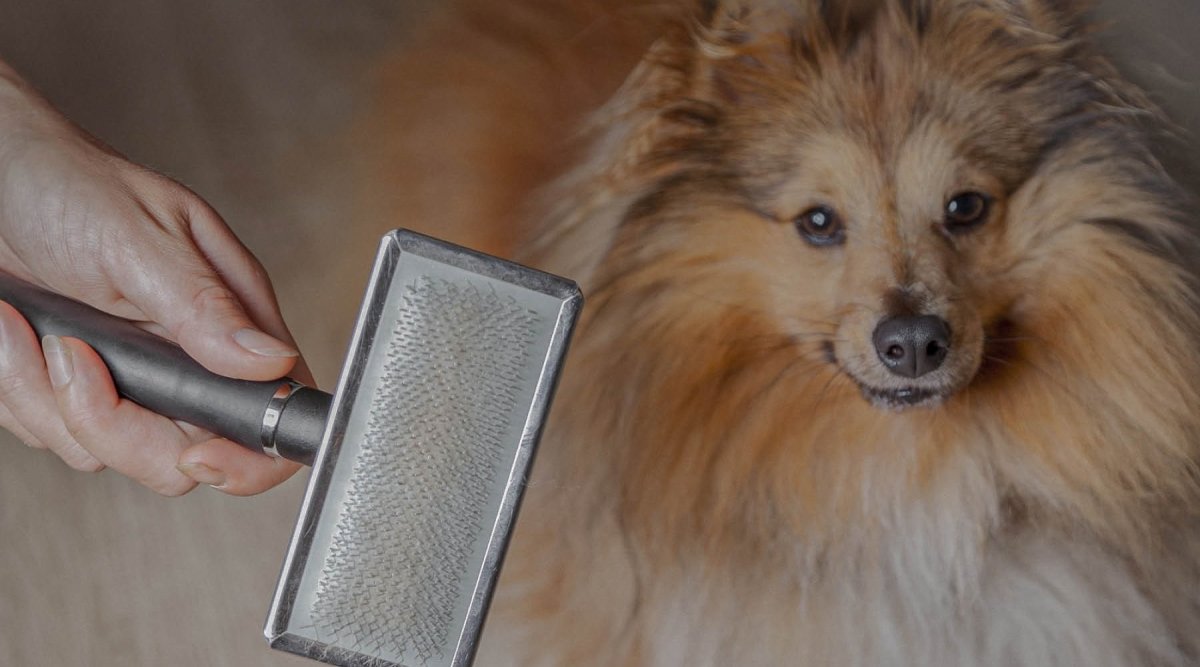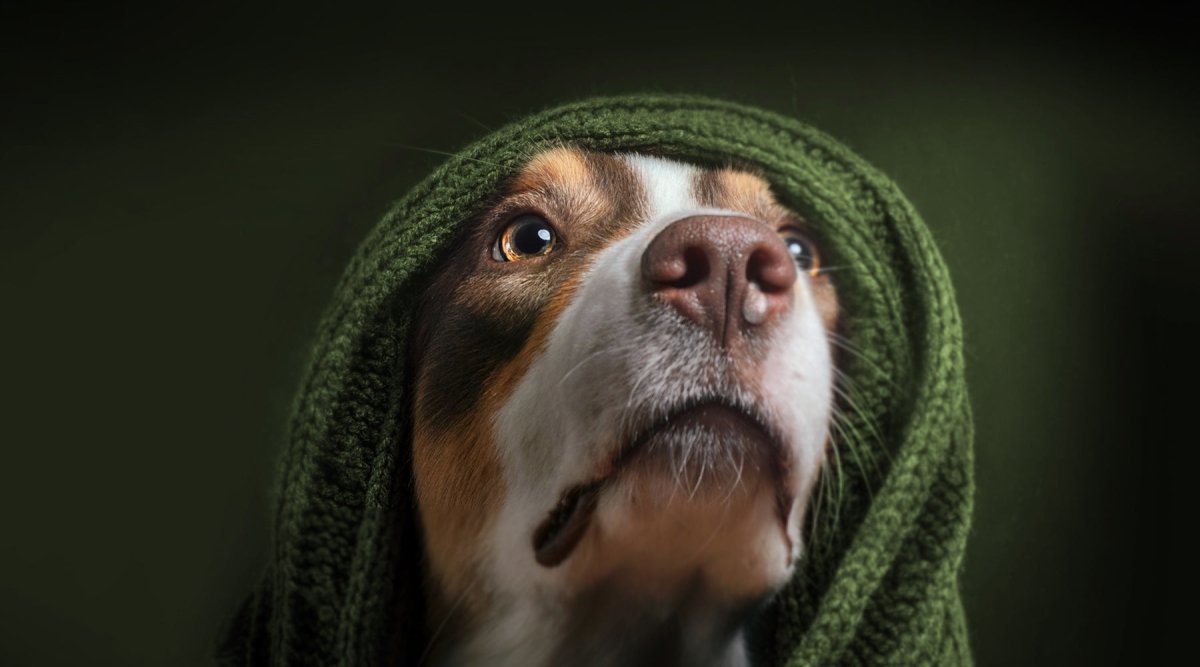What could be nicer than a leisurely winter walk through fresh, crunchy snow with your four-legged friend? While many dogs enjoy romping, running and digging in the snow, the cold and road salt can be quite unpleasant for your pet's paws. The result is brittle, cracked and painful pads. To keep your dog's paws healthy in winter, I've put together some tips on how to care for your dog's paws.
1. shorten the fur on the paws
Paw care for dogs is often underestimated by owners. But especially in snow and frost, your favorite four-legged friend will thank you. Good paw care includes regularly trimming the fur between the toes and pads. Use rounded scissors to avoid injuries or have it trimmed by a professional. This will prevent snow, road salt and dirt from getting stuck in the excessively long paw hairs. This can lead to chafing between the toes or pain when walking.
2. care balm strengthens the paws
To increase the paws' own resistance and prevent cracks, you can use paw care for dogs regularly and rub a high-quality care oil or paw protection balm into your four-legged friend's paws. Oils with moisturizing aloe vera and soothing calendula strengthen the paws and make them supple at the same time. To avoid unnecessary greasy stains in the home after application, it is best to wait until your dog has made himself comfortable to rest. This will allow him to fall asleep during your soothing paw massage.

3. cleaning after the walk
Dogs instinctively clean their own paws. As licking up salts and stones can lead to gastrointestinal problems, your dog's paws should be cleaned after a walk. Dry the wet paws gently and carefully with a soft towel or microfiber cloth. If you have walked over gritted roads in winter, I recommend rinsing the paws briefly with lukewarm water to remove the salt residue. Pay attention to the spaces between the toes, where residues of ice, sand or grit can get stuck.
Finally, dry the paws with a soft towel. Touching and examining the pads is part of paw care. However, dogs don't always like having their paws touched. Therefore, get your pet used to it early on and examine his paws from time to time, even without a reason.
4. the paw check as a ritual
Paw care is easiest if you make it a daily ritual after a walk. A quick check is enough to make sure that your pet hasn't picked up anything during the walk. If it is worthwhile for your four-legged friend - i.e. if you give him a treat after the check - he will also quickly appreciate the paw care.
5 Act correctly in the event of symptoms
If your four-legged friend frequently nibbles or licks a paw, it is telling you that something is wrong with the paw. You can find out exactly what is wrong by examining the paws. Carefully feel the paw and pay attention to your four-legged friend's reaction.
If you notice that the pads are brittle and cracked, a disinfectant and antibacterial paw protection balm based on Vaseline or deer tallow with natural ingredients of beeswax, propolis and arnica is suitable. If you discover splinters, heavy matting or clumped dirt between the toes, it is best to consult a vet or veterinary practitioner who can remove these easily and painlessly.
And what about dog shoes?
Whether dog shoes make sense for your dog must be answered individually. Paw boots can provide useful protection in the event of injuries or during winter dog sports. The downside is pressure points and inflammation on the paws if the shoe does not fit properly. If the dog shoe is not breathable, the sweat glands on the paws can cause fluid to collect in the shoe, which can be uncomfortable for your four-legged friend. If you are considering dog shoes, pay attention to quality and fit.
Even if regular paw care may seem a little time-consuming at first, your four-legged friend will be grateful. Prevention by shortening paw fur, protection with care balm and a regular paw check after the walk - from my experience as a veterinary practitioner and dog owner, I know that these simple tips will keep winter walks a pleasure!
How do you look after your dog's paws in winter? Share your experiences with us in the comments.
Winter greetings!
P.S.: I have compiled more tips on coat and skin care in the cold season for you in the magazine article Coat & Skin: The right care for your dog in winter.



